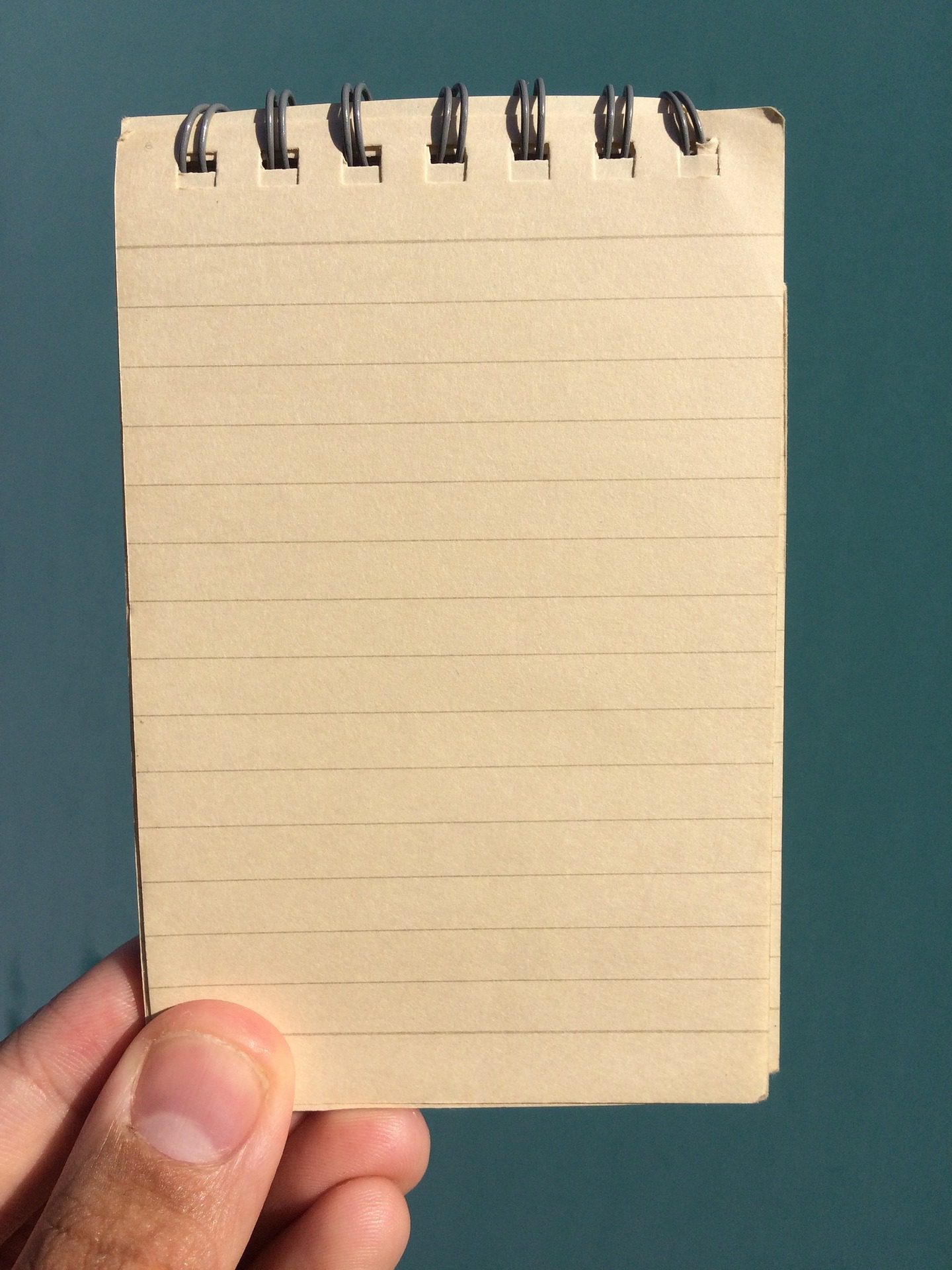
By Marcus Goh and Adrian Kuek
One of the biggest challenges for many students, even excellent writers, is staying on topic for their composition. No matter how good your language is, if your composition doesn’t match the theme and the pictures in the PSLE English Paper 1, you’re not going to score well.
It’s easy to get carried away when students are under exam pressure. After all, students have so many other things to consider when writing – making sure that you follow proper plot structure, expressing thoughts and feelings, using the five senses, making use of similes and metaphors – that sometimes, the most basic requirement is overlooked.
Here are six tips for making sure that students don’t go out of point when it comes to writing English compositions.

1. Make sure you describe at least one picture
The composition question will provide three pictures, and students must write a composition based on at least one of them. The simplest way to do that is to make sure you describe the picture that you are using in detail. That way, there can be no doubt to the examiner.
One way students can do that is to use sensory details to describe the picture. That will usually provide sufficient content to show that the picture you are using is a key part of the composition. Another method is to describe the main character’s thoughts and feelings about the picture in question.
2. Answer the guiding questions provided
The composition question will also provide at least two guiding questions. Guiding questions are usually of the 5W1H variety (who, what, when, where, why, how) and are meant to help students write a composition that’s relevant to the theme of the composition.
This doesn’t just mean literally answering the question, since that would entail a one or two word answer. It involves weaving the answer into the fabric of the story.

3. Use the theme to start the composition
Another way to ensure that the student writes content that is relevant is to use the theme as the trigger for the events in the composition, and to refer to it repeatedly throughout the composition. By doing this, the composition will stay relevant to the theme and there will be little chance of going off topic.
4. Use one of the pictures as the object of desire of the characters in the composition
If the picture is of an object, it can be what the characters in the composition are all after. This will bring them into conflict, since they all want that item, and it provides several opportunities for the student to describe the object in the composition itself.

5. Check your composition plan to make sure every segment is relevant
Creating a plan before writing should be part of every student’s composition routine. After writing a plan, the student should check to make sure that the four parts of the story (introduction, rising action, climax, conclusion) are all relevant to either the theme or one of the pictures.
6. Start and end with a mention of the theme
The introduction and the conclusion to the composition should, at the very least, mention the theme. If possible, there should be some elaboration about the theme. An easy way is to show what lesson the main character learnt about the theme, or how the theme led to some memorable consequences.

7. Check your work to make sure that it is on topic
Students should always devote at least five minutes for checking their work. Not only should they be looking out for grammatical or vocabulary errors, they should also check that their work is on topic. If they have been following the tips above, then their composition should be relevant to the theme and pictures provided.
However, if the student feels that some parts do not seem relevant, they can insert a sentence or two describing the theme or picture, to help focus the composition.

With these tips, students will always be able to write a composition that is relevant and to the point.
This article was written for and first published on Yahoo Singapore’s Grade Expectations.
Grade Expectations is a weekly feature on education in Singapore. Expect fun activities, useful tips and insightful news on learning. It’s not just about your child’s grades — it’s about raising a great child!
Marcus Goh runs Write-Handed, a creative writing studio. At the same time, he teaches English at The Write Connection. He has been a specialist tutor for English and Literature (Secondary) since 2005.
Adrian Kuek runs Joyous Learning, an enrichment centre that specialises in English, Mathematics, Science and Creative Writing for Primary. He previously served as the academic director of one of Singapore’s largest enrichment centre chains for over seven years.
If you liked the article, follow me on Facebook and Instagram for more updates!
To get in touch with me, send an email!
Leave a Reply